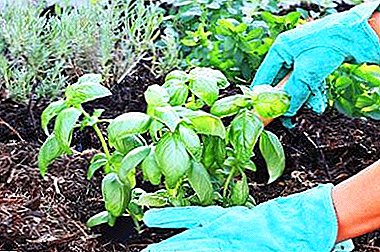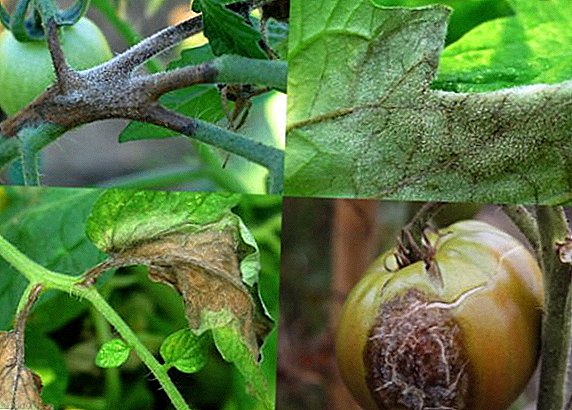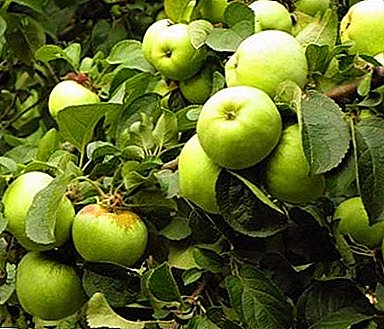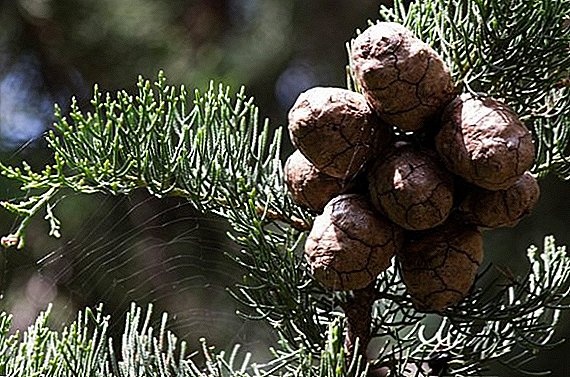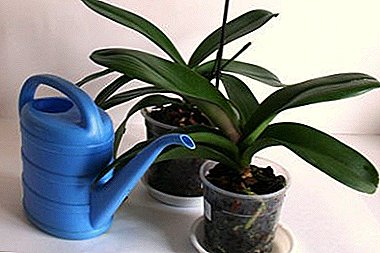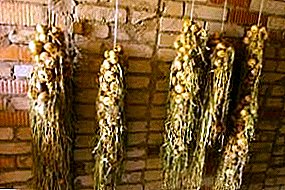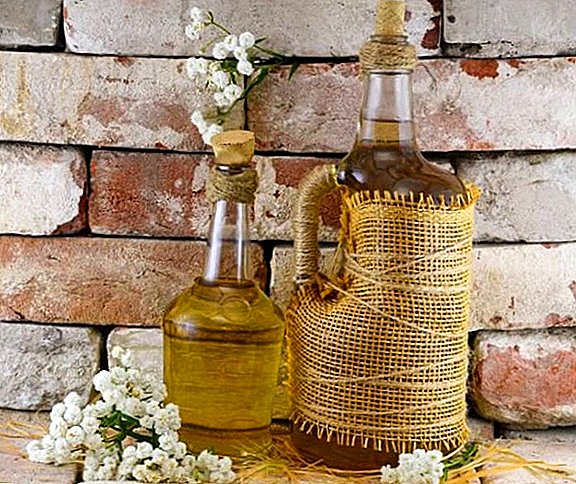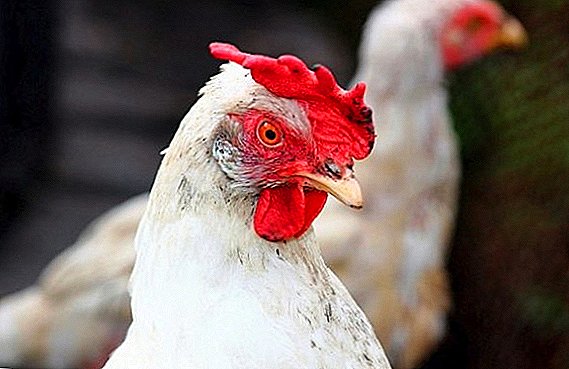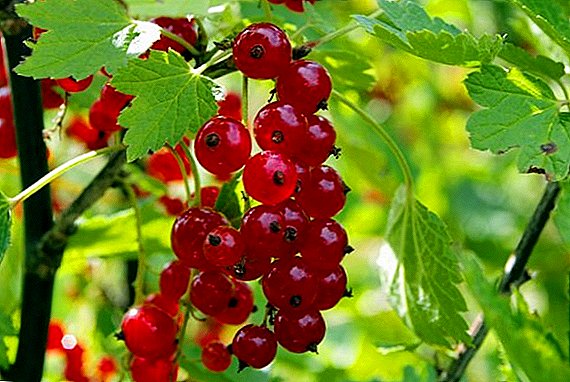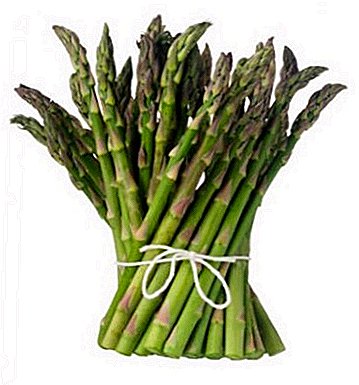
White asparagus (Asparagus L.) has been known since antiquity by reading the article and you will find out what kind of vegetable it is.
Having gone through periods of oblivion and popularity, today this plant is becoming more and more popular as an object of cultivation, a delicacy in cooking, a source of medicinal raw materials in pharmacology.
Description
 Asparagus is a perennial of the lily family, extremely frost-resistant, growing well on fertile and light soils.
Asparagus is a perennial of the lily family, extremely frost-resistant, growing well on fertile and light soils.
Asparagus plantations can be a population of individuals under the age of 20 years.
Herbaceous dioecious plant, on the male flowers of which pollen is formed; on the females, the ovaries, and then the round red berries, the polysemy.
Stem up to 2 m high with numerous needle processes, powerful rhizomes give multiple buds, from which edible shoots grow.
- It is they contain
- vitamins of group A;
- amino acids asparagine and arginine;
- carbohydrates;
- essential oil;
- a number of minerals and trace elements: selenium, manganese, potassium, calcium, sodium, copper, phosphorus.
White asparagus can be obtained almost all year round, depending on the method of cultivation.
Photos from this early vegetable crop:


Other common species of Asparagus on our website: Sprenger, Sickle, Pisty, Meyer.
Reproduction, cultivation, care
 At the end of March, you can begin growing seedlings (generative reproduction method).
At the end of March, you can begin growing seedlings (generative reproduction method).
Seeds are pre-soaked in warm water for two days, it is useful to add growth stimulant.
In containers with prepared light soil (one part of peat, sand, manure on two parts of the ground), seeds are sown with a depth of not more than 2 cm, at a distance of 5-6 cm from each other.
The optimal conditions for germination are good soil moisture and t ° not lower than 25 ° C.
Sprouts appearing in a week should also be periodically sprayed with water.
Further growth of seedlings is about a month, during this time you need to loosen the soil and water the plants.
If you plan to continue growing seedlings at home, every few days you should turn the boxes with seedlings towards the light on different sides.
Spring transplantation of plants into open ground can be carried out at the beginning of June and can be better anticipated by hardening: the seedlings are left in the air for an hour, gradually increasing the time and bringing it up to 12 hours. Young seedlings can be transplanted to a permanent place by mid-June, adults - in spring and autumn.
- loosening;
- weeding;
- top dressing;
- watering with drought.
Care is timely
 Asparagus shoots can be used as a method of cutting reproduction: from March to June, cuttings are cut from last year's shoots of an adult plant.
Asparagus shoots can be used as a method of cutting reproduction: from March to June, cuttings are cut from last year's shoots of an adult plant.
For rooting, they are planted in wet sand, covered with a can or a cut off part of a plastic bottle.
During the rooting process, planting material should be sprayed and aired, removing the cover daily for a while.
After 6 weeks, the cuttings are transplanted into pots and looked after as seedlings.
Another method of reproduction, vegetative (rhizomes), is used in both spring and autumn.
The site should be cleared of weeds and humus during the spring planting, and then dig up and fertilize with a mixture of mineral fertilizers during the autumn planting.
Fertilizers are applied directly to the furrows intended for planting, while at the bottom of the furrow there should be a roller on which the asparagus is planted. Each part of a divided bush must have at least one shoot. The roots of the plants gently straighten, pressed to the soil and sprinkled with earth.
Suitable for collecting shoots asparagus gives in the third year after planting.
Harvest correctly
 Harvest should be at a time when the shoots of an adult plant approaching the surface of the earth - this is evidenced by the appearance of bumps and cracks.
Harvest should be at a time when the shoots of an adult plant approaching the surface of the earth - this is evidenced by the appearance of bumps and cracks.
It is important not to miss the moment of emergence of shoots at the surface of the soil, so that the shoots of asparagus retain their white color.
The matured asparagus is carefully cut off in order not to damage the plant, transferred to a dark cold room, where it can be stored for up to two weeks at t ° 1 ° C.
White asparagus can be obtained from open ground in winter.
To do this, the area with wintering asparagus is cleared of snow, the soil is covered with a thick layer (50 - 60 cm) of hot manure and mats are additionally stacked from a rod or reed.
In winter, asparagus can be distilled in storage, basements and greenhouses.
Details on how to grow asparagus from seeds can be found by watching the video:
Fight against diseases and pests
The greatest damage to the asparagus crop can be caused by rust, a fungal disease. It is necessary to identify the symptoms of rust in time - the appearance of red - brown spots, cut off and burn the affected shoots in order to avoid further spread of the disease.
Insects - pests are also a problem when breeding asparagus.
Asparagus rattle (leaf beetle) - red - black beetle, consuming the stems and leaves of asparagus. From June to August, the female beetle lays eggs on the shoots, the first generation larvae feed on the leaves, the second generation larvae, penetrating the berries, damage the seeds.
These pests are harvested by hand, destroyed, at the end of the harvest, all dried shoots are removed to prevent the larvae from hibernating in the soil and subsequent massive reproduction of the beetle in the spring. During the garden season it is possible to spray plants with pyrethrum preparations.
Asparagus fly - This is a two-winged insect, whose flight is observed from April to early June. The female lays eggs under the scales of plants. In their development, the larvae lay motions (mines) in the shoots, which causes the death of the plant.
Identified affected shoots break off and destroy. In the autumn, after the harvest has been gathered, the plants are treated with phosphamide, the soil is carefully and deeply dug up. In the event of a massive pest damage, the asparagus plantation is transferred to another location.
Benefit and harm
 In general, asparagus is beneficial due to its composition.
In general, asparagus is beneficial due to its composition.
However, people with a predisposition to kidney disease should carefully include asparagus in their diet.
It is believed that the use of his shoots accumulates oxalic acid, the high content of which in the body is one of the causes of urolithiasis.
In medicine, preparations based on asparagus are used as an anti-inflammatory, stimulating heart activity, an appetite-improving agent, as well as for lung diseases, gout and rheumatism.
But white asparagus finds its main use in cooking. Juicy, tender, with a refined taste, it is considered a delicacy as an independent dish and a great addition to other vegetables, as well as meat, fish, cheese.
From asparagus they cook soups, fillings for sandwiches and pies, compotes, kissels.
Asparagus is a supplier of vitamins and nutrients in early spring, when other vegetables are still in short supply. The source of health and pleasure in taste, white asparagus absolutely justifies the efforts invested in the cultivation of this wonderful vegetable crop.


